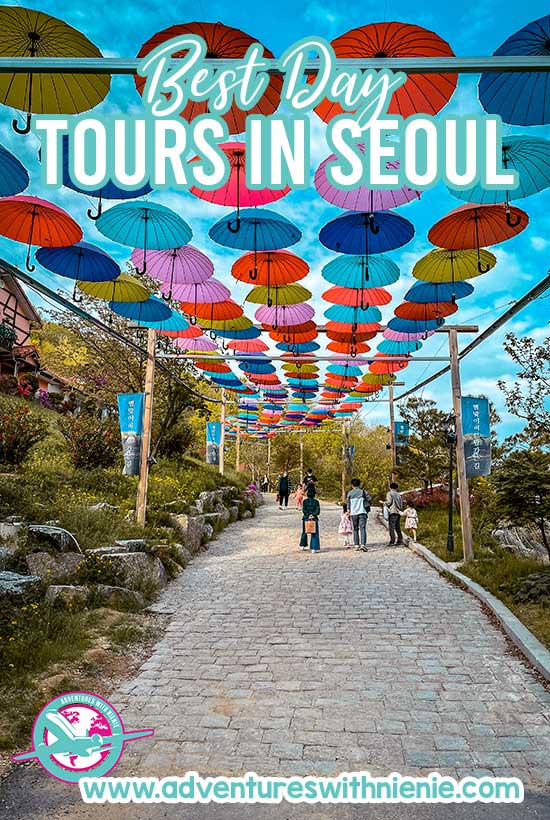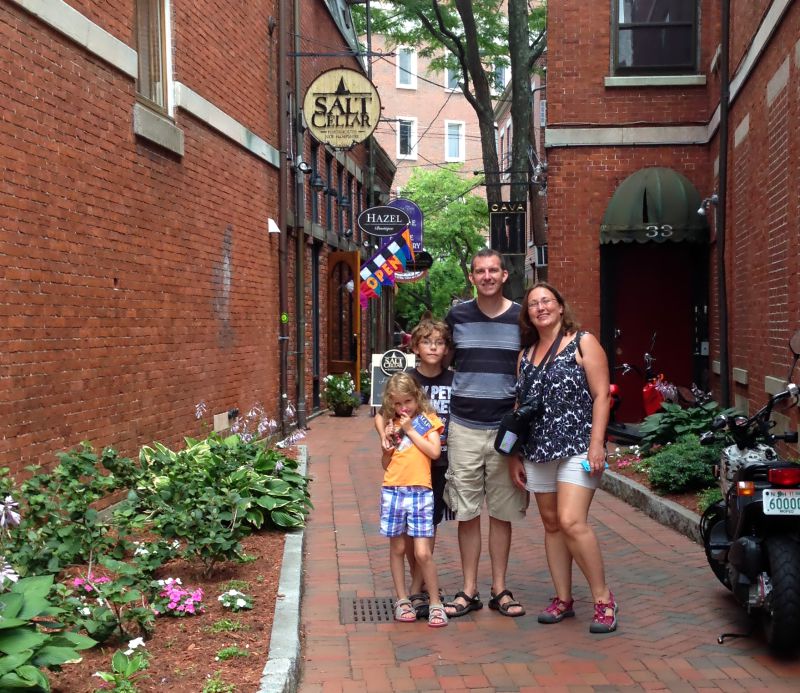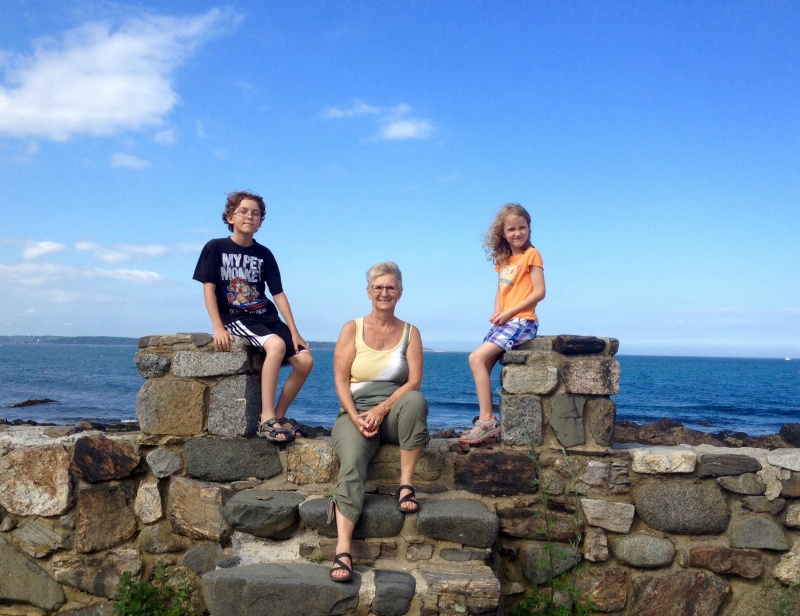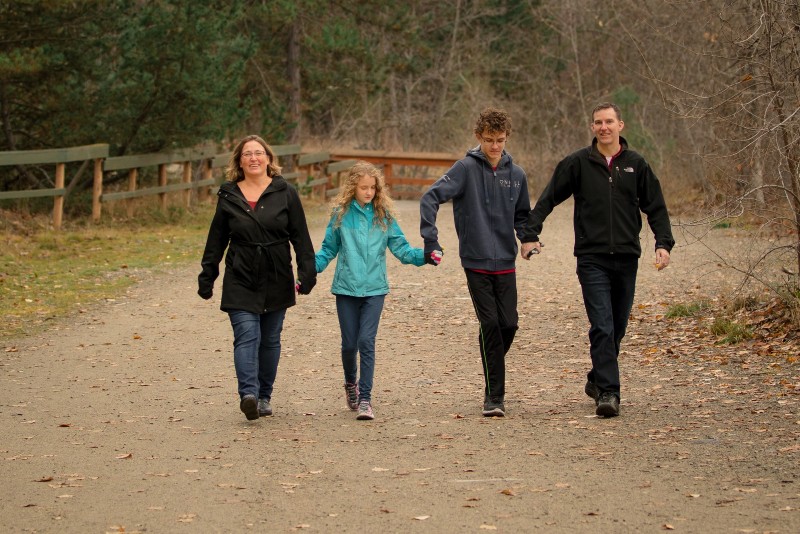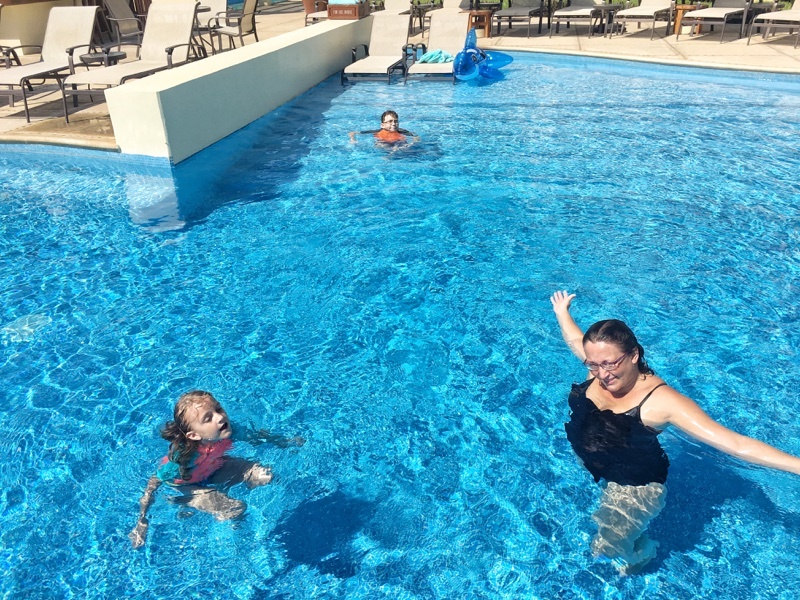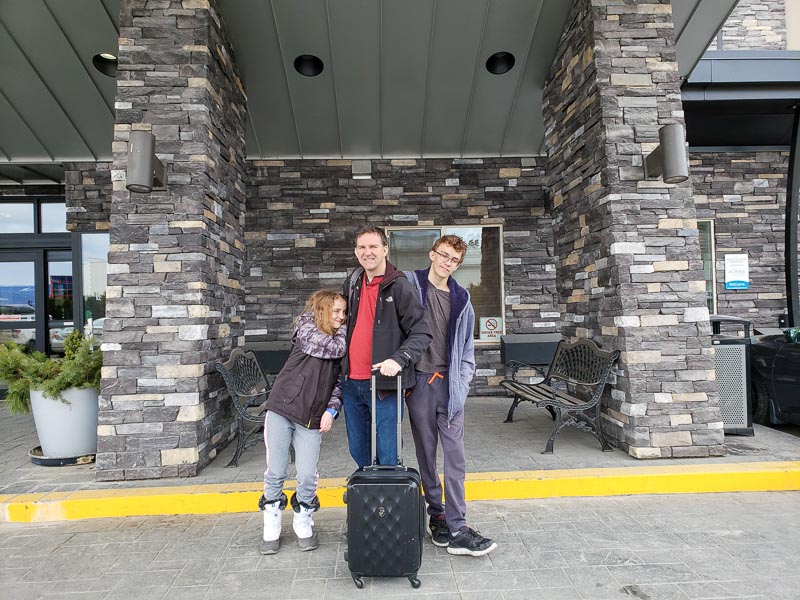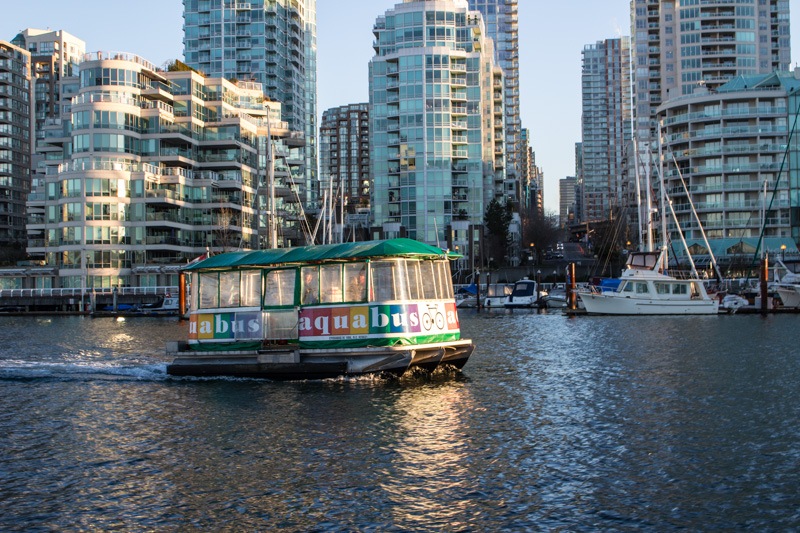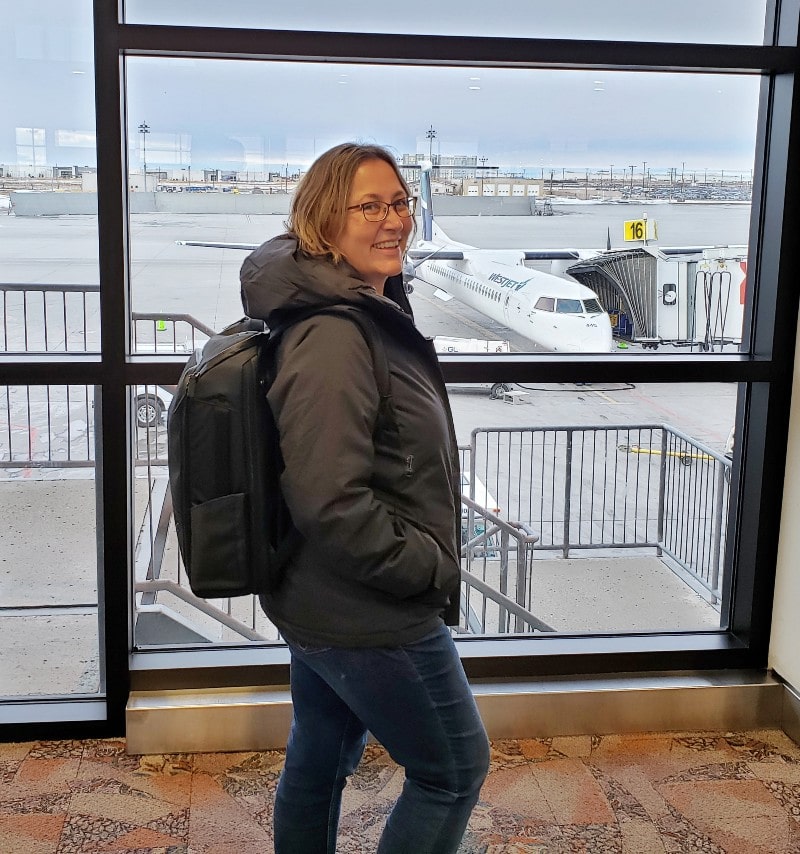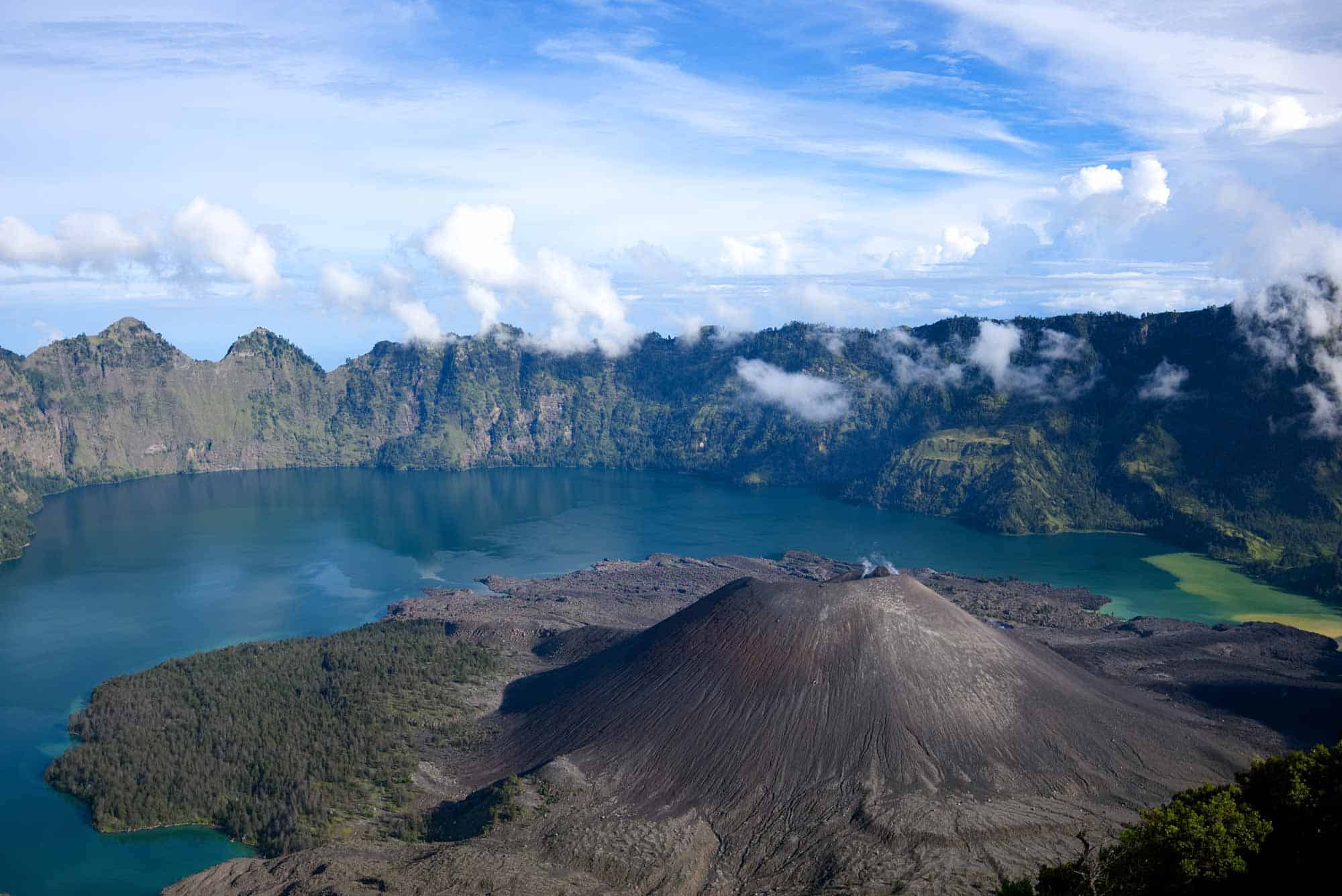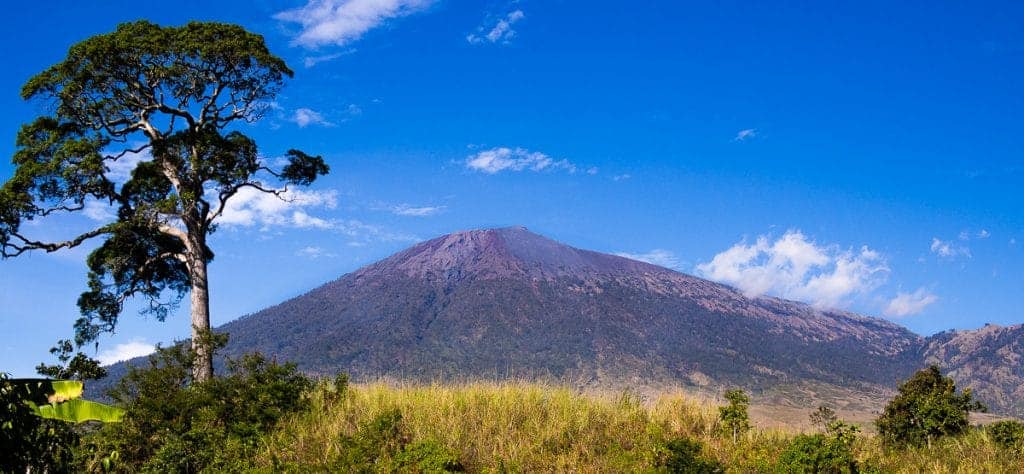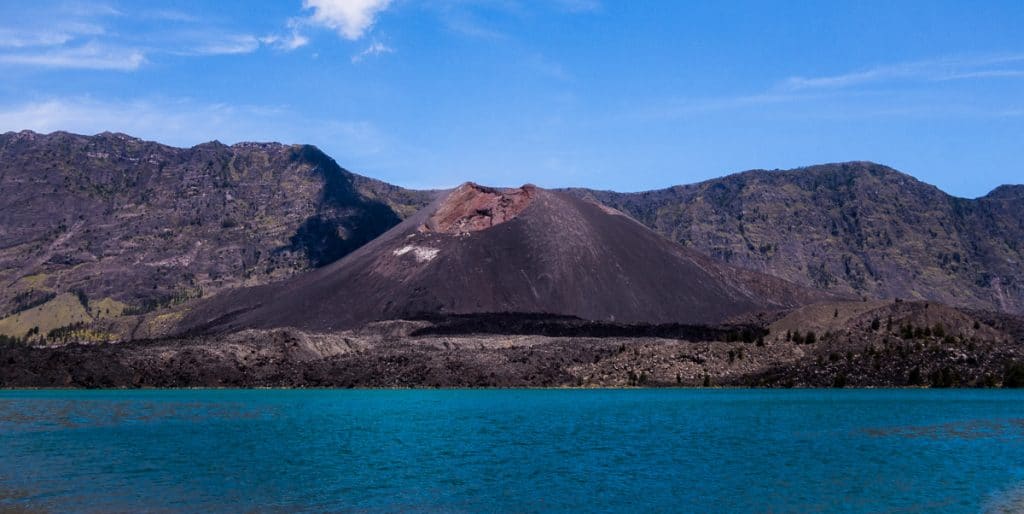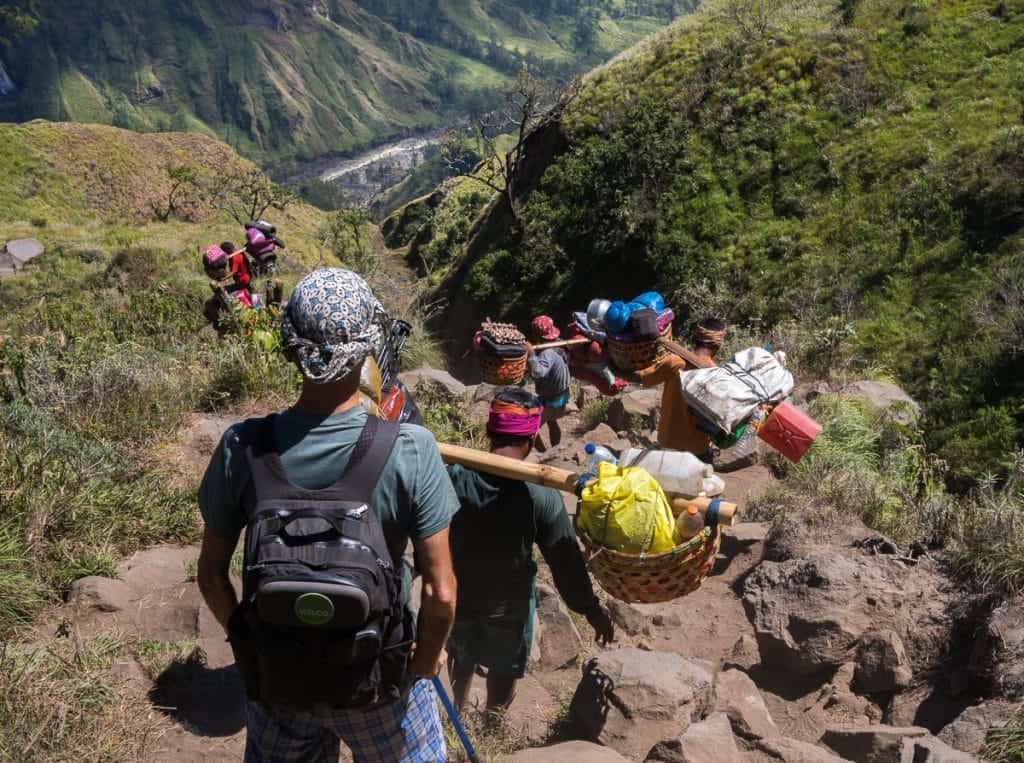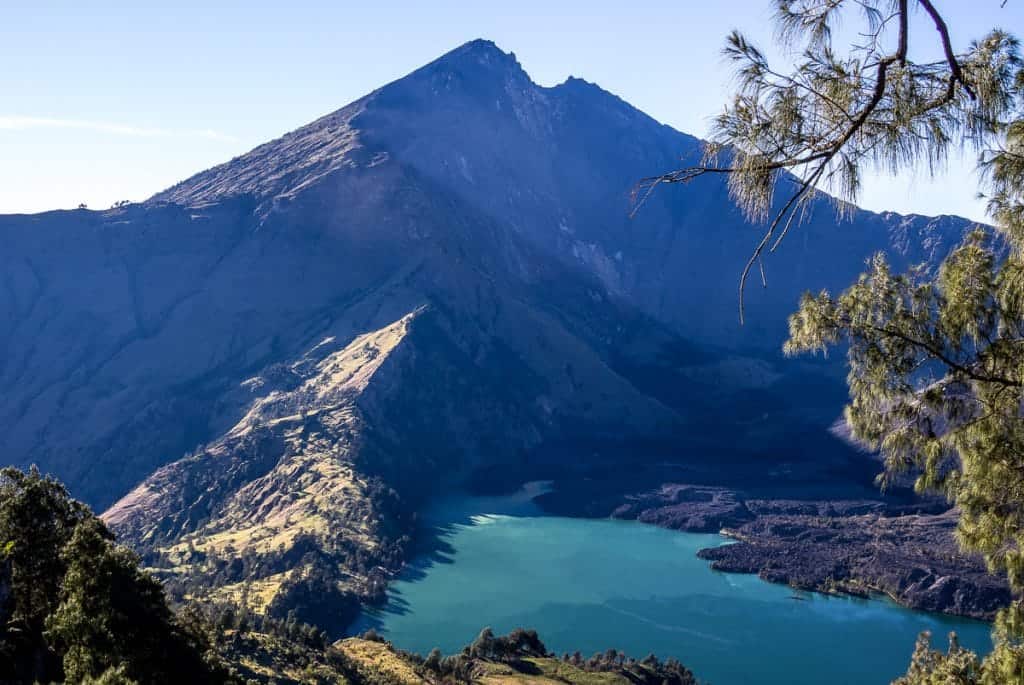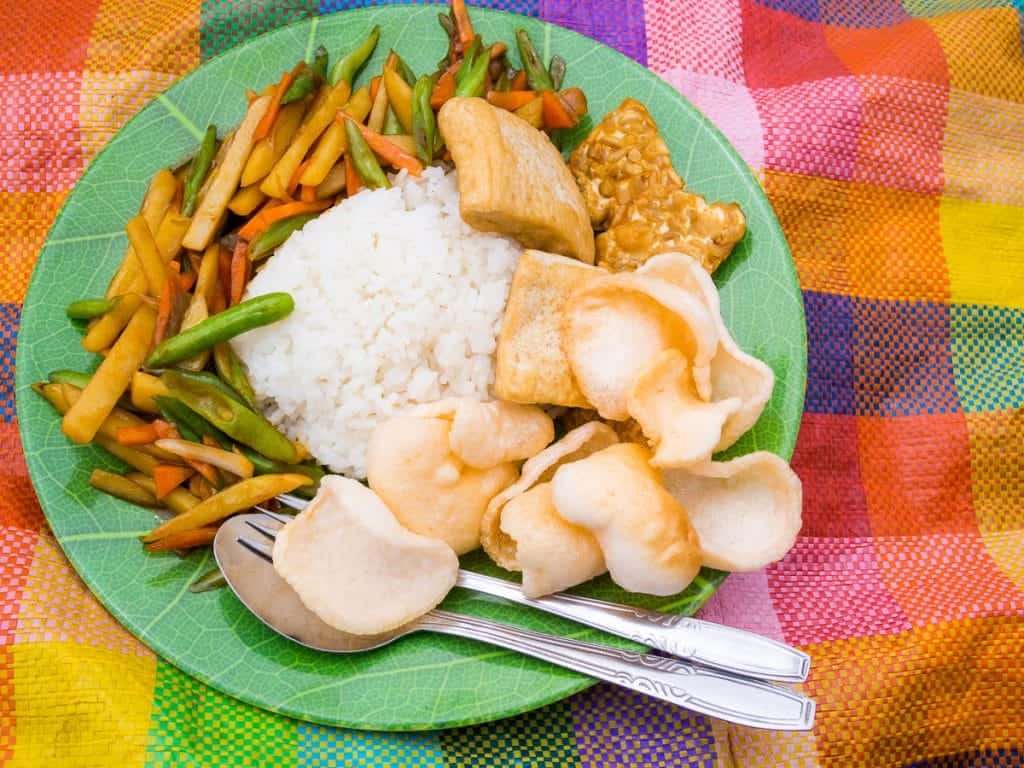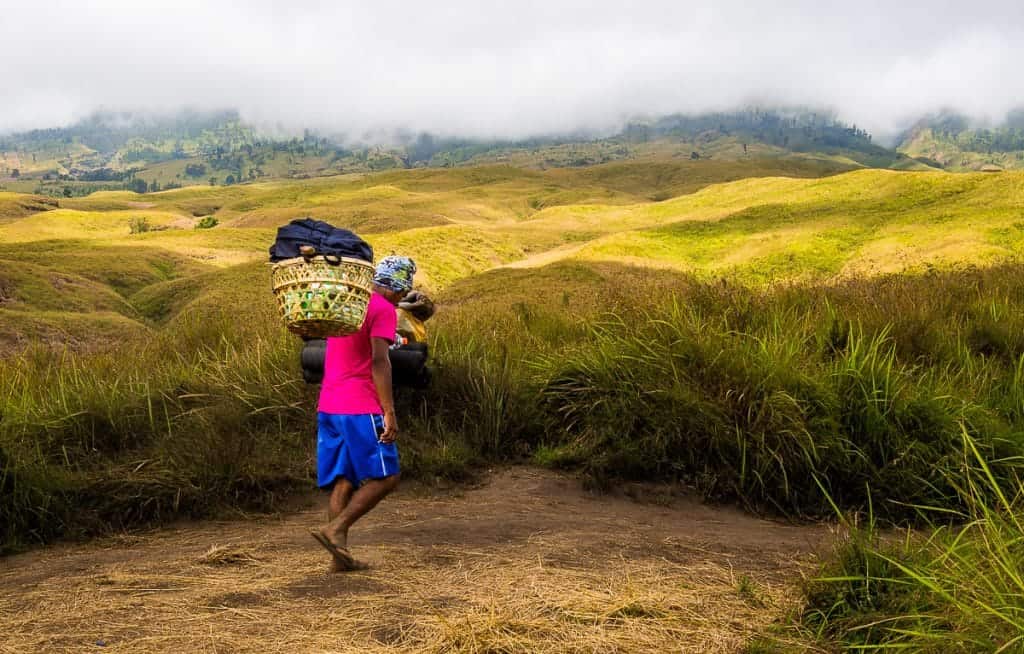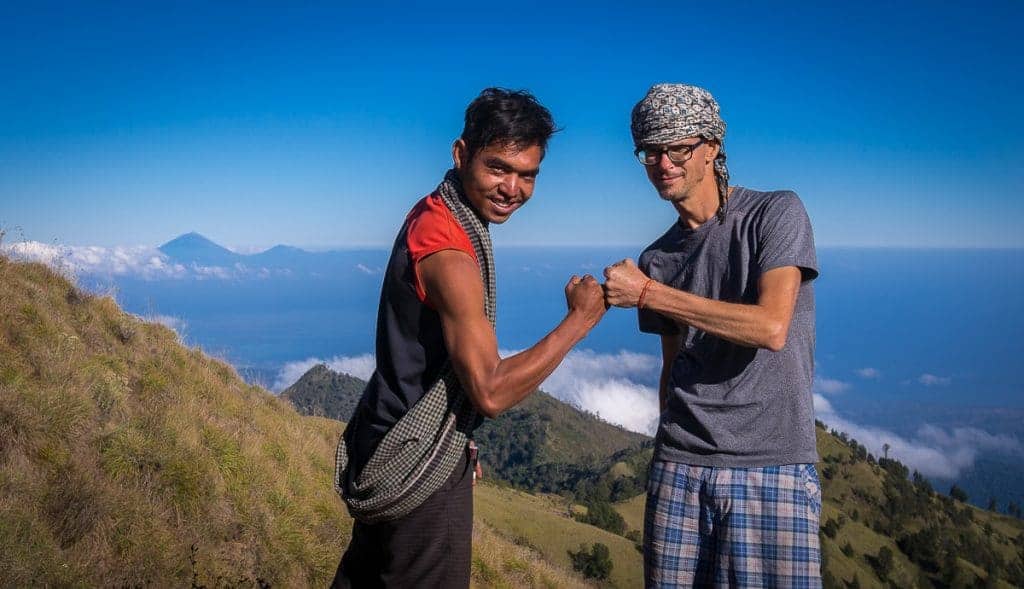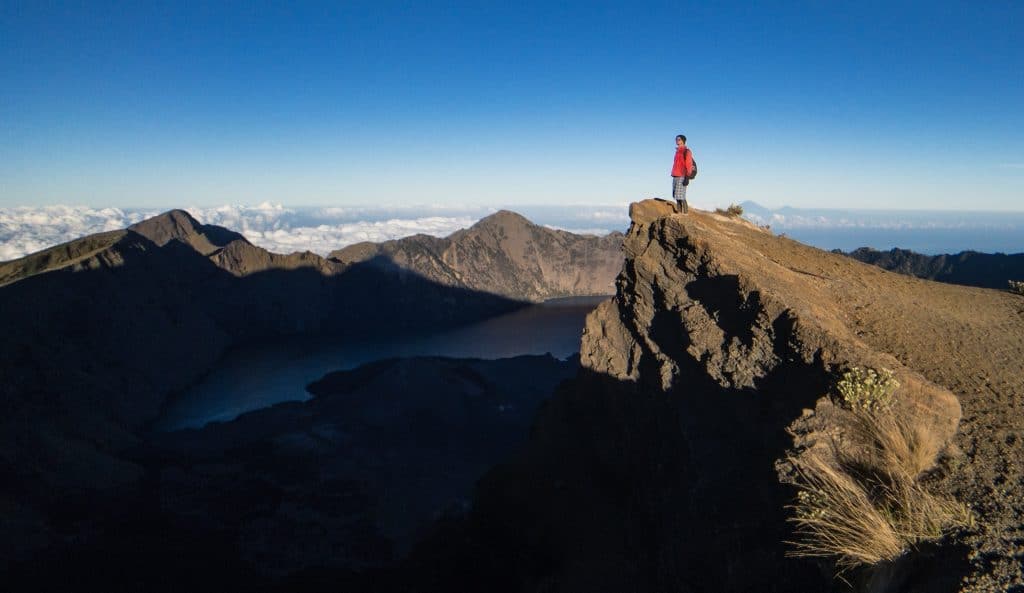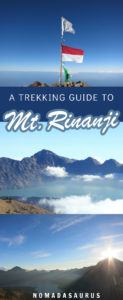I’ve lived in South Korea for over 3 years and I’m half-Korean I’ve been all over Korea and tested out some of the best tours in Seoul so you can figure out which is the best for you! Now, I don’t need to tell you that Seoul is a city that exudes energy, modernity, and centuries-old traditions, all wrapped in one. But what you might not know is how to see the city’s highlights in the most engaging way. So, grab a notepad (or just open your travel planning app), because I’ve got you covered!
This site contains affiliate links to products. We may receive a commission for purchases made through these links. Support my blog here
The Ultimate Guide to the Best Day Tours in Seoul for Every Kind of Traveler
Looking for the best way to maximize your time in Seoul? The city offers a range of day tours designed to suit all kinds of interests. Nature lovers can find solace on trips like the Nami Island and Gangchon Rail Bike tour, which offers a unique blend of scenic beauty and physical activity. History enthusiasts will appreciate the Korean Folk Village and Everland Day Tour, combining a deep dive into Korean culture with modern-day thrills. There is so much to see in this beautiful country.
Best Day Tours in Seoul
1. The Traditional Seoul: Gyeongbokgung Palace & Bukchon Hanok Village
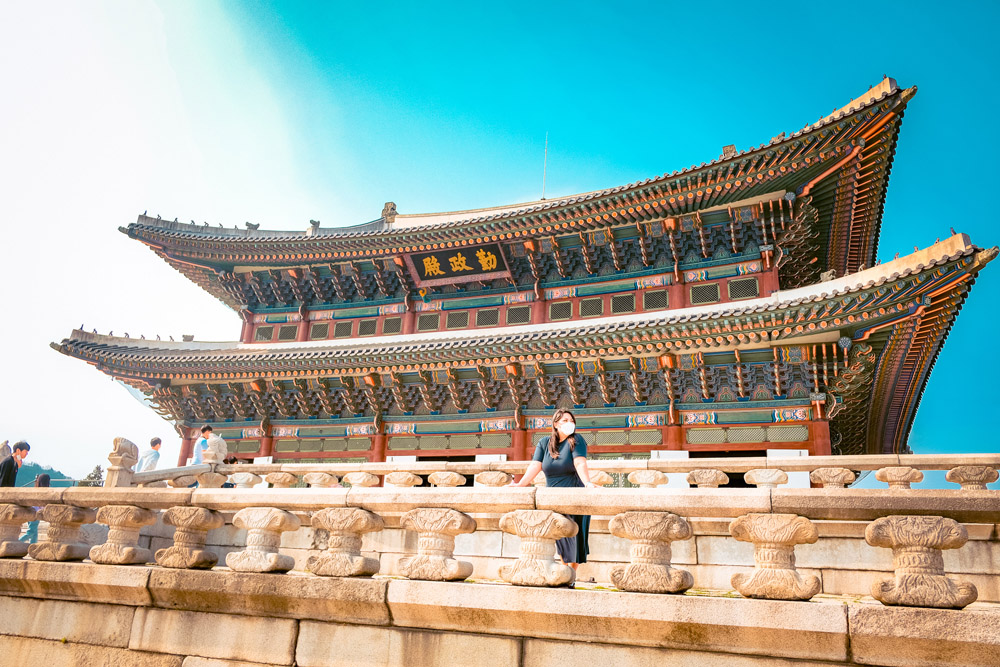
Are you a history buff or just love dressing up? Then this day tour in Seoul is the dream! You get to visit the iconic Gyeongbokgung Palace – a UNESCO world heritage site, where you can rent a Hanbok—the traditional Korean outfit—and feel like a royal from the Joseon Dynasty. Don’t miss the Changing of the Guard ceremony; it’s like stepping into a time capsule! You’ll also get to experience Bukchon Hanok Village – one of Korean’s preserved traditional villages.
This is pretty much one of the most popular tours you can possibly grab. You can easily do this on your own as well, but it helps when you have a tour guide to give you some of the history of this palace and surrounding areas.
2. Korean Culinary Experience: Street Food Tour
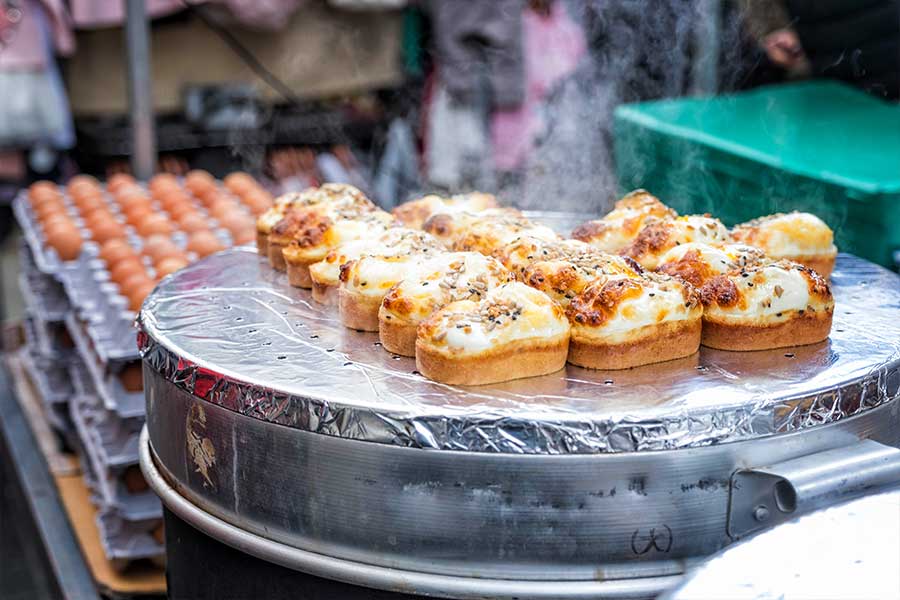
A visit to Seoul is incomplete without indulging in some lip-smacking Korean street food. This tour provides you with local guides and takes you through bustling markets like Myeongdong and Gwangjang, where you’ll get to try local cuisine classics like Tteokbokki, Hotteok, and Kimbap.
To be honest, this is one of my favorite day tours in Seoul. There aren’t a lot of food tours available in other parts of Korea, so this is a great stepping stone to knowing what foods to try and eat in South Korea. Korean food is more than just Korean BBQ! So go out there and try some of my favorite dishes that I grew up with.
EMBARK ON A CAPTIVATING NORYANGJIN FISH MARKET TOUR | In Seoul, where you’ll witness a bustling hub of activity and immerse yourself in the vibrant seafood culture of Korea. Explore rows of stalls brimming with fresh seafood, observe the lively auctions, and indulge in delicious seafood delicacies straight from the market’s numerous restaurants. More details here.
3. Morning Hike to Bukhansan Mountain
If you’re anything like me and love to start your day with a burst of physical activity, then I suggest the Bukhansan Mountain morning hike. You’ll head to Bukhansan National Park and hike one of Korea’s most popular mountains. Get those boots on and enjoy the panoramic views of Seoul from the top. Just don’t forget your camera!
4. Uncover Hidden Gems: Gangnam Walking Tour
And finally, if you’re looking to explore the posh neighborhoods of Seoul, head over to Gangnam. Yes, as in ‘Gangnam Style’. It’s a shopper’s paradise and home to some of the best cafés and boutiques Seoul has to offer. Day tours in Seoul like this are perfect for people wanting to learn more about why Gangnam became so famous.
EXPERIENCE TRADITIONAL KOREAN CULTURE: RENT A HANBOK IN SEOUL | Immerse yourself in the rich cultural heritage of Korea by renting a hanbok, the traditional Korean attire, in Seoul. Read more details here.
5. Visit K-Drama Shooting Spots
Ready for the scoop? Seoul is not just a bustling metropolis; it’s also the backdrop for many of your beloved K-Dramas. Picture yourself at the Namsan Tower, where countless love confessions have been made. Or imagine strolling down the stylish streets of Garosu-gil. And let’s not forget the iconic Gyeongbokgung Palace, which has graced the screen in historical dramas. Whether you’re a hopeless romantic or a history geek, these K-Drama spots in Seoul add an extra layer of magic to your Korean adventure.
6. Seoul Night Tour
Experience the city that never sleeps! From the sparkling Han River to the bustling streets of Myeongdong, the Seoul Night Tour gives you a slice of Korean nightlife. It’s the city under the stars, and you won’t want to miss a moment. This tour is a great one to also experience delicious Korean street food as many Koreans love to stay out late with a good drink and good food. We have a tradition that when we drink, we also need to eat.
7. Seoul Ghost Walking Tour
Ghosts in Seoul? You bet! On this eerie walking tour, you’ll hear legends and stories of Seoul’s haunted past. Wander through dark alleys and learn about the city’s mysteries, myths, and spirits that refuse to rest. This is a great way to get spooked especially during Halloween.
8. Muslim Friendly Tour
Worried about finding Halal options while exploring day tours in Seoul? Worry no more! The Muslim Friendly Tour offers an itinerary that respects Islamic practices, including Halal dining options and prayer spaces. See the sights without the stress!
To be honest, trying to find food tours strictly for Muslims within Korea can be quite difficult, so to see this amazing guided tour being offered and available is amazing. I often get asked what are the options for Muslims in Korea and unfortunately, it’s quite difficult for me to navigate as someone who isn’t. So rely on the experts living in Seoul to provide that information and join this amazing Muslim Tour in Seoul!
9. Cooking Experience + Mangwon Market Tour
This 5 star cooking experience is one that shouldn’t be missed! Unleash your inner chef in this interactive cooking experience! Learn how to make Korean dishes like Kimchi and Bibimbap under the guidance of local experts. It’s a deliciously fun way to immerse yourself in Korean culture. You’ll be able to experience a tour of Mangwon Market as well.
Korean food is no easy task, but this Korean cooking experience will help you learn how to make some of the best and easiest Korean dishes. You’ll be stuffed at the end of this experience and hopefully learn more about Korean food and culture.
10. Seoul Biking Tour
Explore Seoul at your own pace with a biking tour that takes you along the Han River and through some of Seoul’s most scenic parks. You’ll cover more ground and see the city from a unique, up-close perspective. In this tour, you’ll be able to have lunch and experience Korean tea at a traditional tea house. You’ll get to experience iconic sights including Iwha Woman Street, Sinchon, Chungdong Church, Deoksu Palace, Gyeongbokgung Palace, and the famous Insadong markets.
Best Day Tours from Seoul
These are some of the best day trips from Seoul that you can take. The best thing about traveling within Korea is that it’s quite easily accessible.
11. Nami Island, Petite France, Garden of the Morning Calm and Gangchon Rail Bike, Your Nature Escape from Seoul

This is one of the best Seoul day trips that offer you a breath of fresh air—literally! Imagine pedaling down old train tracks with the wind in your hair at Gangchon, surrounded by lush landscapes that look like they’re straight out of a painting. It’s probably one of the most booked tours you can get because of all the popular destinations. The garden of Morning Calm is a beautiful garden, especially during Christmas in Korea. Nami Island is an island where you can literally see all 4 seasons change. One of my favorite things to do in Korea is ride the Gangon Rail Bike, it’s a unique experience that you should try at least once.
And let’s not forget the fairy-tale charm of Nami Island, with its towering tree lanes, romantic walkways, and even ostriches prancing around. It’s as if Mother Nature herself decided to bless this tiny island. Whether you’re traveling with family, your special someone, or just your adventurous self, this combo is a serene yet exciting way to experience the Korean countryside. Nami island is where many K-Drama movies were filmed and is a popular tourist location, especially during autumn in Korea. This should be added to your Seoul itinerary.
12. Get Your Adrenaline Pumping: DMZ Tours

One of the most recommended tours on GetYourGuide is the DMZ (Korean Demilitarized Zone) tour. It’s an eye-opener that offers a glimpse into the tension between North and South Korea. The DMZ tour includes stops at the 3rd Tunnel, the Freedom Bridge, and the Dora Observatory. A must for anyone interested in geopolitics or history!
This is one of the best things to do in Paju as it has a lot of history. The DMZ has a lot of interesting information and can provide you with some insight into exactly what has happened. Due to the war, many Koreans had escaped from North Korea and a lot of family members in Korea still have family in North Korea that they haven’t been able to see for decades. You can choose between a full day tour or half-day tour. Some tours include the JSA (joint security area) while others do not – this is one thing to consider as it’s definitely an area that shouldn’t be missed.
Suggested DMZ Tours
Book cheap airline tickets and accommodations with Booking.com to save money when you’re moving abroad!
13. Pocheon Art Valley and Herb Island

Boulders and blooms, anyone? The Pocheon Art Valley and Herb Island tour is a feast for the eyes and soul. First, you’ll explore the stunning landscapes of Pocheon Art Valley—an abandoned quarry-turned art space. Then, bask in the aromatic bliss of Herb Island, filled with themed gardens and magical evening lights. Nature and art have never blended so beautifully.
Pocheon Art Valley is a beautiful place to check out and you can easily take the tram up to the location and see these beautiful rocky features. Herb Island not too far from Pocheon Art Valley is a great place to see some lights and take photos. Many K-Dramas were filmed here because of the beautifully designed backdrops. During summer, it’s a great place to see the lavender.
14. Korean Folk Village and Everland Day Tour

From the past to the present, experience the full spectrum of Korean culture. Begin your day at the Korean Folk Village, where you can immerse yourself in the traditions and crafts of yesteryears. Then hop over to Everland, Korea’s largest theme park, for some high-adrenaline fun.
Everland is great for older kids as there aren’t as many rides available for younger children, however, there are still a few available and an amazing zoo exclosure to see the different exotic animals. You can get some delicious Korean park food, ride some large wooden rollercoasters, drink beer, and take many photos as well.
15. Suwon Hwaseong Folk Village Tour
Unlock the secrets of the Joseon Dynasty with a visit to Suwon Hwaseong Folk Village. As you walk along the well-preserved Suwon Hwaseong fortress walls, you’ll find artisans demonstrating traditional Korean crafts. It’s history brought to life, making you feel like you’ve traveled back in time. You’ll also get to experience Gwangmyong cave as well as a rail bike ride.
16. Incheon Day Tour

Now, don’t get me wrong, I love Seoul – I lived in Seoul for a year, but Incheon is where my heart and home is. I lived in Incheon for 2 years and it’s where most of my family are located and I just find it to be one of my favorite places to be.
Incheon is more than just Incheon airport, there are a lot of things to do in Incheon despite what a lot of people say. You can discover the historical Chinatown, visit the fairytale-like Songwol-dong Fairy Tale Village, and don’t miss out on the breathtaking views at Wolmido Island. There are a lot of areas to shop and see in Songdo as well.
17. Legoland Korea Resort
Block off a day, adventurers, because Legoland Korea Resort is a colorful paradise and amusement park where every brick tells a story! Perfect for families, kids-at-heart, or anyone who ever dreamt of stepping into a life-sized Lego world. Located in Chuncheon City in Gangwon-do, a convenient distance from Seoul, this wonderland offers roller coasters, water attractions, and hands-on Lego building experiences. Dive into themed zones like Ninjago World and the magical Lego Castle. It’s more than just a theme park; it’s a creative playground that brings your favorite Lego sets to life.
You’ll want to select the Roundtrip Shuttle Bus option and departure times starts between 8-8:30 from either Hongik University Station or Myeongdong Station.
18. Vivaldi Park SnowyLand
If you are traveling during Winter in Korea, you’ll definitely want to see the snow and visit this beautiful winter wonderland during this time of year. Grab your mittens and your sense of wonder, because Vivaldi Park SnowyLand and ski resort is a winter wonderland you won’t want to miss! Located just a snowball’s throw away from Seoul, this magical resort transforms into a snowy paradise during the winter months.
Whether you’re a pro on the slopes or just there for the snow angels, there’s something for everyone. Think of sledding hills, snow tunnels, and even an ice climbing wall. Plus, the atmosphere is as warm as hot cocoa with bonfires and evening light shows. So if you’re yearning for that perfect blend of exhilaration and coziness, look no further. Get ready to make your winter fantasies a frosty reality!
19. Jeonju Hanok Village, Jangtaesan & Daedunsan Tour from Seoul

If you are traveling during autumn or winter, this is a great Seoul day tour to take especially for nature lovers. It’s also amazing to take outside of those time frames as well, but you’ll really get to see the beauty of Korea during those times of the year.
Your journey starts with Jeonju Hanok Village – one of the best places to visit in Korea, where traditional Korean houses, known as Hanok, line the streets like a scene from a historical drama. But keep those cameras ready, because next up is Jangtaesan—home to luscious forests and eco-friendly attractions. And for the grand finale? Daedunsan, where suspension bridges and cable cars await, offers sweeping views of the mountainous landscape. From history to heights, this tour has it all. You’re not just sightseeing; you’re soul-searching in the heart of Korea.
Thoughts on Best Day Tours in Seoul
And there you have it, my adventure-seeking pals! From historical haunts to culinary quests, from natural wonders to the magic of television brought to life, the best day tours in Seoul offer a tapestry of experiences that are as diverse as they are thrilling. Whether you’ve got a single day or a whole week to explore, these tours are your passport to a deeper understanding of this vibrant city.
Liked this post on Tours in Seoul? Pin it!

